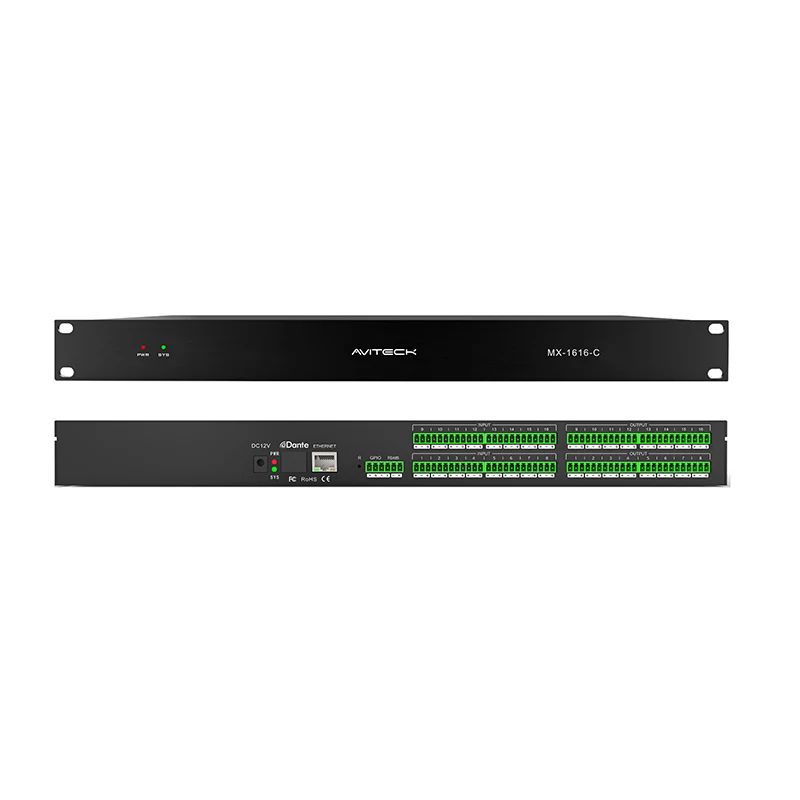Digital Audio Processors: The Backbone of Modern Sound Systems
2025-06-11
Whether you're setting up a high-end home theater, installing a public address system, or designing a professional recording studio, one component plays a silent but vital role in delivering crisp, balanced, and immersive sound: the Digital Audio Processor (DAP).

In an age where sound quality can make or break user experience, digital audio processors have become indispensable tools for audio professionals, sound engineers, and even advanced hobbyists. But what exactly do they do—and why are they so important?
What Is a Digital Audio Processor?
A Digital Audio Processor is an electronic device that modifies audio signals digitally to improve sound quality, manage outputs, and optimize performance. Unlike analog processors, which manipulate signals using hardware-based methods, DAPs use digital signal processing (DSP) algorithms to perform real-time tasks such as:
Equalization (EQ)
Compression
Delay
Crossover management
Feedback suppression
Loudspeaker management
These functions help deliver clean, tailored audio across various environments and applications.
Why Use a Digital Audio Processor?
1. Precision Control Over Sound
With fine-tuned equalization and crossover settings, DAPs allow you to customize sound output based on room acoustics, speaker configuration, and audience size.
2. Multiple Input/Output Management
Many processors handle multiple channels and allow complex signal routing—perfect for live performances, conferences, or multi-zone audio systems.
3. Feedback Elimination
Advanced processors can automatically detect and eliminate audio feedback, keeping your sound system stable and clean.
4. Dynamic Range Control
Compressors, limiters, and expanders help manage volume levels, ensuring that audio remains clear at both high and low volumes.
5. Consistency Across Environments
Whether you're in a concert hall, house of worship, or open-air venue, DAPs help maintain consistent sound quality regardless of acoustic challenges.
Common Applications
Live Sound Systems: Used to manage PA systems in concerts and events.
Broadcast Studios: Ensures consistent output for TV, radio, and streaming.
Recording Studios: Optimizes vocal and instrumental audio before mixing.
Home Theaters: Enhances surround sound and dialogue clarity.
Commercial Installations: Perfect for malls, airports, or conference rooms.
Key Features to Look For
When choosing a digital audio processor, consider the following:
Number of Inputs/Outputs (I/O)
User Interface: Is it software-controlled or has an onboard screen?
Connectivity: USB, Ethernet, Dante, or Bluetooth compatibility
Real-Time Control: Some offer remote control via apps or PCs
Preset Management: For quick setup across different events or rooms
The Future of Digital Audio Processing
As AI and machine learning begin to integrate with sound technology, we’re seeing smarter processors that can auto-adjust based on real-time acoustic feedback. Cloud integration and wireless control are also becoming standard, offering greater flexibility and efficiency.
Final Thoughts
A Digital Audio Processor is more than just an accessory—it’s the central hub of any sophisticated audio system. Whether you're crafting the perfect soundstage or ensuring clear speech in a large venue, investing in the right processor can dramatically elevate your audio quality and system reliability.
In the world of sound, clarity is everything—and digital audio processors help you achieve it, one signal at a time.


